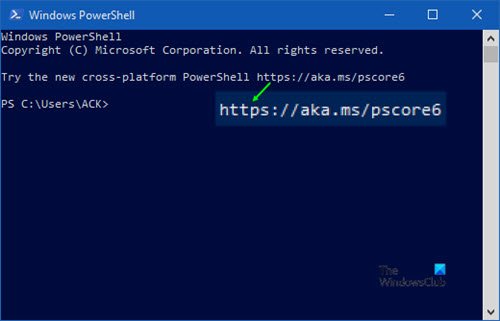What is PWSH.EXE?
Before we start, let’s clear out one detail. PWSH.EXE is the new name for PowerShell. Since version 6 it is called PowerShell Core. It was earlier named as powershell.exe which you must have seen installed in Windows (version 5.1). No wonder every time you launch PowerShell in Windows, you get a message: You can read about the difference between PowerShell and PowerShell Core. Fast forward today, PowerShell has reached version 7 which is a major change compared to version 6 and uses .NET Core 3 instead of the .Net Framework. If you want to give it a try, learn how to install PowerShell 7.0 on Windows 10.
Important PWSH Syntax
-File | -f: If you have commands into a script file, you can use it as an input. You can also arguments for the files when applicable. -Command | -c: Use this to execute a command or ScriptBlock. ScriptBlock is set of functions enclosed withing {} or -EncodedCommand | -e | -ec: Use this when there is a need to use complex quotation marks or curly braces. -Login | -l: On Linux and macOS, starts PowerShell as a login shell, using /bin/sh to execute login profiles such as /etc/profile and ~/.profile. It is not applicable to Windows. You will have to verify the absolute path listed under /etc/shells. You can use the chsh utility to set your current user’s shell to pwsh.
-SettingsFile | -settings
If you want to overwrite the global settings with local project settings, then you can specify the settings file using this option. The system-wide settings are available in powershell.config.json.
Complete List of PWSH Syntax
If you need more details, you can visit docs.microsoft.com.

